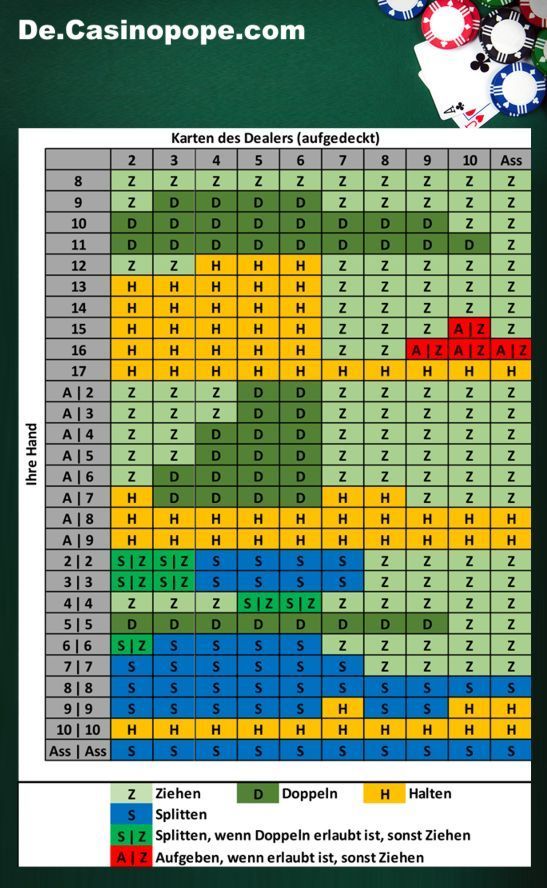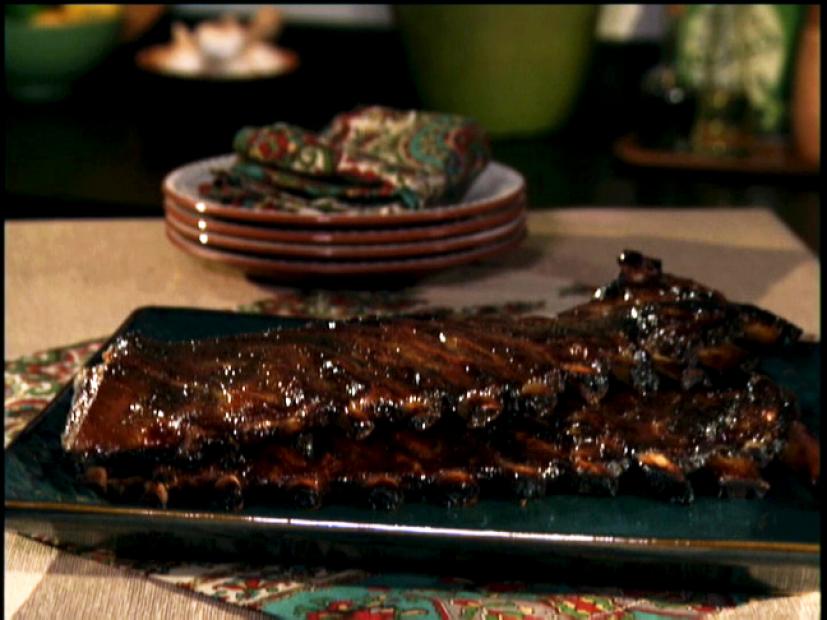How To Make Poker Chips At Home
Cash Game: Any non-tournament poker game is a considered a cash game. In a tournament players pay one fee (the rebuy) and risk only that much regardless of how much chips they lose. In contrast in a cash game, players play with cash (mostly in form of chips) and there is no limit to how much they can lose.
A cash poker game is also called a “ring” game.
Dec 12, 2020 How to Host a Poker Home Game: Keep it Simple. This refers to how much money to put in the game, the chips you’ll need and whether to host a small tournament or cash game. To keep a home game running smoothly is have one person handles all the buying in, cashing out and re-buys. Maybe you want more slots to hold chips. Do whatever you want to satisfy your needs. Again I used Surfcam and a CNC Router to cut the chip trays. I cut five slots to hold 150 chips (30 in each slot). Each slot is 4.125' in length and is the width of a poker chip. I also cut a 3.5' diameter circle.75' deep into the wood for a place to put a drink.
Following are some of cash poker games rules and characteristics:
- Poker chips in front of players have their real value. So a $5 chip is worth 5 dollars. In a tournament a $5 chip is not necessarily worth 5 dollars as every player gets a certain equal amount of chips in the beginning of the game.
- In a cash game players can rebuy and add-on chips as many times as they want. However based on the table blind, there are usually caps on how much chips a player can buy. For example in a typical $1/$2 NL game players are not allowed to rebuy for more than $200 each time. (therefore the only way to have more than $200 chips in front of them, is to win hands)
- There is usually a minimum buy in and maximum buy in based on the blinds. A good rule of thumb is to have the minimum set at 40 times the small blind and the maximum is 100 times the big blind. For example a typical $1/$2 NL has a minimum buy in of $40 and maximum buy in of $200.
- Players don’t have to start with an equal amount of chips.
- Players don’t have to start at the same time. Any player can join and leave at any time. For example a player can win a large hand and leave the table right away. To make the game more friendly the house rules can state that a player has to call half an hour before leaving.
- Blinds are fixed. So if a game is started with $1/$2 blinds it will stay like that the rest of the game. There are two exceptions to this:
- When players decide to raise the stakes toward the end of the night.
- When the game is a “kill” game. In short, a game is a kill game when a players wins two hands in a row. The following hand would be considered a “kill hand” and the blinds would double only for that hand.
- • If the winning player keeps winning the blind doesn’t quadruple. It will simply stay at double.
- • A game can also have a “half kill” instead of a “full kill”. A “half kill” means that given the “kill” conditions the blinds should be multiplied by 1.5 instead of 2.
Hosting A Cash/Ring Poker Game:
- Cash games usually have more cash involved. It is important to keep track of every buy-in and add-on of the players. Also keep the cash somewhere safe.
- Count players money in front of them at the table before you.
- Ask the players to count the new chips immediatelyafter you give it to them to confirm that it is the correct amount.
- It’s always a good to have a log book noting buy-in and add-ons for every player. This comes handy from time to time. You don’t have to record each player’s name; a simple number or character is enough to represent each player.
- Keep strict house rules Ask the players to follow them and enforce it when they come up. This will make the game much more organized and make the players happy in the long run. Players might complain about certain rules, but once they see you enforce it for everybody they’ll consider it fair.
- The host can take rake from the poker game to pay for hosting costs and to make some extra money on the side. This is illegal in most of U.S. states. So check your state laws before doing so.
- Having a dedicated dealer at the game makes a lot of difference. The game goes by much faster and is managed much better. The dealer will make some money from the tips he/she gets during the game.
We've all done it. Signed up for a poker run, get three cards in and have a crap hand and lose all enthusiasm for the remainder of the ride.
Now, honestly if you sign up for a charity poker run with the expectation of winning and coming out ahead, then you're probably doing it for the wrong reason. But, from a competitive spirit kind of thing, we all hate to lose and it's even worse when halfway through the game you know there's no way you can win.
That's why we like a slight variation on this old standard..the POKER CHIP RUN.
What makes this game better than a standard 5 card poker run is NOBODY has a clue if they have a good hand or a bad hand until they return to the starting point.
That helps you (as the event organizer) in several ways. The first is the majority of your participants will enjoy the event all the way through, you'll ensure that almost everyone will return to the start (instead of dropping out halfway) and the old 'I don't know how to play poker' excuse some people use for not attending your event.

How it works
The poker chip run is the simplest run you can set up. Here's what you need to do.
1. Decide on the number of stops you will have. Typically you can have as many as 5 or as few as three. If you're short on volunteers to man your stops, then we recommend having only 1 additional stop someone along the route. This gives you 3 draws from the poker chip bag. One when they register and before they leave, one at the stop out on the route, and one when they return to the starting point.
Get a set of generic poker chips, or contact Custom Products Plus (478-299-4601) for custom printed chips.
Divide the chips into equal numbers in a opaque bag so your participants can't see which color they're getting.
At each stop have your participants draw out 3 chips. Then note the colors drawn on their registration sheet.
That's it. Pretty simple huh?

Oh yea, once everyone leaves for the run, or (preferably) once everyone is back in and all the sheets have been returned, stage a public drawing where you put 1 chip of each color in the bag and have a volunteer reach into the bag and blindly draw out a chip. The first chip drawn is worth 20 points, the second chip is worth 10 points and the third chip is worth 5 points.
For example, if the first chip drawn is red, then every red chip drawn on the ride is worth 20 points. If the second chip is white then all the white chips are worth 10 points and the blue chips were worth 5 points.
The beauty of this is that because the value of the chips wasn't established until AFTER the ride concluded, no one knew if they had a good hand or not. They could've had all blue chips, or all red chips or all white chips and they either won big, or was a big loser!
Just make sure the person blind drawing the chips has no way to tell which color is which when they're in the bag and that person doesn't know anything about the participants scores or who has what colors on their sheets.
How To Make Poker Chips At Home Order
But if it's a blind draw, it's still pretty hard for anyone to cheat with this system.
How To Make Poker Chips At Home Page
If you have questions, or need more info, call us at Biker Nation, 478-268-7528 and we'll be happy to answer any questions about this system. We've used this dozens of times and it works great!